I’ve been looking through a reference designs for an off-line flyback converters (this one by Texas Instruments and this one by Linear Technology). Both of them have a Y-capacitor between primary and secondary for EMI suppression. Like this, for example:

from Fig.2 here
So far, so good.
Common UL standards (UL8750, UL1310) require dielectric strength between primary and secondary of 1kVAC plus twice AC line voltage. That adds up-to about 1.5kVAC.
In these reference designs, the Y-capacitors in question are rated for 500VAC (datasheet) and 250VAC (datasheet). Doesn’t this undermine the UL requirement for the dielectric strength between primary and secondary?
One of these capacitors has this paragraph in the datasheet:
Dielectric strength between leads
Component test: 4000 VAC, 50 Hz, 2 s
As repeated test admissible only once with: 3600 VAC, 50 Hz, 2 s
Random sampling test (destructive test): 4000 VAC, 50 Hz, 60 s
Much higher voltage ratings. Does that take care of dielectric strength required by UL standards?
Interestingly, I also couldn’t find Y-capacitors with 1.5kVAC to 2kVAC rating (on DigiKey and Mouser).

